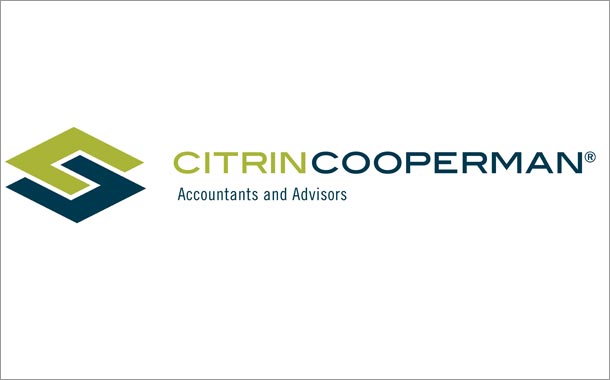By Citrin Cooperman Automotive Dealerships Practice
It is easy to lose sight of the big picture when you are dealing with the day-to-day upheaval and difficulties of running an automotive business. Between the month-end close, sales tax deadline, floor plan check, and any number of other worries, it is hard to make the time to take a step back and really see how your business is performing. We are not just talking about how many cars you sold last month, or your customer feedback, we are talking about specifically aligning your goals and future needs with your dealership’s financial performance.
This article is Part 2 of a 3-part series discussing how specific business area metrics can help you identify how your business is performing, and then, based on those key performance indicators (KPI), focus on those areas that could use some attention.
This installment addresses using service benchmarks to gauge key performance metrics (KPI).
BENCHMARKING SERVICE
Labor Hours per Repair Order (Total Labor Hours / Total RO’s)
This performance indicator measures the average hours sold on each RO. Too high of a metric could lead to a low customer satisfaction level. If you are billing the customers too much labor time on each RO, you could risk customer retention in the future. Too low of a metric could mean that advisors are not presenting options and upsells to the customer. This results in lost sales opportunities.
Recommended Benchmark Range: 1.3 – 1.8 Hours per RO
Technician Efficiency Rate (% of Flagged Hours to Actual Hours)
This performance indicator measures the true efficiency of the technicians. Since dealerships sell hours based on a labor time guide, this KPI is a way to track what hours are being presented to the customers, verse the actual time spent on each RO. Too high of a metric could mean you have experienced technicians doing jobs that could be done by less experienced ones, which could mean excess wages for paying more expensive technicians when it isn’t necessary. Too low could mean you need more experienced techs to get closer to the flag times set by the manufacturer or industry on each job. It can be helpful to evaluate the “mix” of experience you have in your shop, and make sure each job is being matched to the technician with the proper experience.
Recommended Benchmark Range: 90% – 100% of Actual Hours
Total Number of Chargeable Hours per Technician (Totals Chargeable Hours / Total Technicians)
This performance indicator is another efficiency measure of the technicians. The purpose of this KPI is to determine if the number of technicians you have on staff is adequate. Too high could indicate you don’t have enough on staff, and, based on the amount of flagged hours your store sells, you need additional technicians to meet the demand. Too low could mean you have too many technicians based on demand, or, that there is a low labor hours sold per repair order. This would also result in excess wages since you have more technicians than you need to cover the hours sold.
Recommended Benchmark Range: 165 – 180 Hours per Tech / Month
Number of Technicians per Service Advisor (Total Technicians / Service Advisors)
This performance indicator measures the ratio between the technicians you have in the shop, to service advisors you have in the write up area. Too high of a metric could mean the advisor does not have enough time to contact customers and upsell, which leads to lower dollars per repair order. Too low of a metric could mean you have too many advisors, which will lead to excess advisor salaries and excess idle time for your staff.
Recommended Benchmark Range: 3.2 – 4.3 Technicians per Advisor
BOTTOM LINE
As you can see, using key performance indicators and benchmarking can dramatically help your dealership become both more efficient and more effective in its operations. Part 3 of the series will discuss parts department metrics and improvements. Ask your professional accounting advisor to discuss key performance indicators and benchmarking with you, to get your business headed in the direction you want it to go.
ESSENTIALS OF BENCHMARKING
Today, it is not enough to know what your key performance indicators are. You need to:
- Evaluate where the dealership stands with regards to these standards.
- Compare where do you stand compared to your competition.
- Identify the metrics that are above or below the acceptable range.
- Formulate a customized strategy to improve the metrics.
- Monitor the progress on a daily, weekly or other periodic basis.
Citrin Cooperman is among the leading, nationally-recognized full-service CPA and business advisory firms – currently ranked in the top 25 firms in the United States. It has worked with auto dealerships since 1979.










